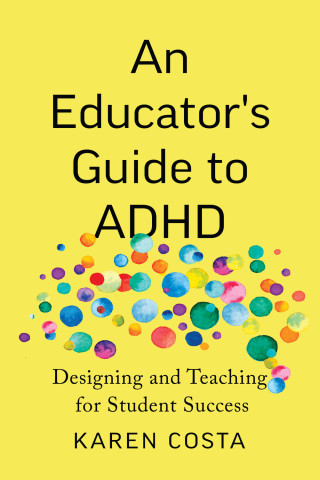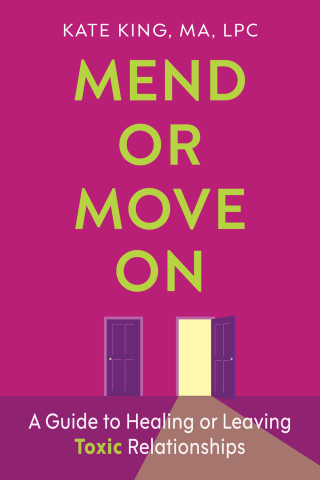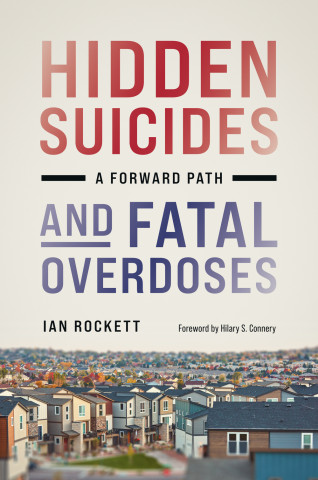
Reviews
The book is very well written and extremely informative, and Favazza has produced a refreshingly honest and objective account of self-harming behaviour... There is much to be learned from this book and, for clinicians or academics working with people who self-harm, it is an invaluable resource.
Bodies Under Siege is an excellent book dealing with self-mutilation in depth and breadth. It is a clinical volume that should be of use to all in the mental health field. The book is also an anthropological contribution to the understanding of what it means to be human.
Bodies under Siege is an excellent book dealing with self-mutilation in depth and breadth. It is a clinical volume that should be of use to all in the mental health field. The book is also an anthropological contribution to the understanding of what it means to be human... I believe that this book will remain a classic in the psychiatric literature, and I recommend it to a wide audience.
Explores the various ways in which people mutilate their bodies. Favazza explores the historical background and offers insights into how and why people do truly appalling things to their limbs, heads, and genitals. He pleads for understanding for a group of patients who are often seen as bizarre and repellent.
The seminal book on [nonsuicidal self-injury]; presents a comprehensive historical, anthropological, and clinical review of the topic.
A compendium of cultural and clinical reports of self-mutilation and a summary of what is and what is not known about therapy, the book is a major contribution to both the anthropological and psychiatric literature. I know that having read it I will see my next self-mutilating patient through more insightful and compassionate eyes.
A comprehensive historical, anthropological, ethnological, and clinical account of self-mutilation.
Book Details
Preface to the Third Edition
Part I: Mutilative Beliefs, Religion, Eating, and Ethology
1. Mutilative Beliefs, Attitudes, Practices, and Images
2. Self-mutilation in Myths of Creation, Shamanism, and
Preface to the Third Edition
Part I: Mutilative Beliefs, Religion, Eating, and Ethology
1. Mutilative Beliefs, Attitudes, Practices, and Images
2. Self-mutilation in Myths of Creation, Shamanism, and Religion
3. Self-injury and Eating Disorders
4. Animals and Automutilation
Part II: Mutilation and Self-Injury of Body Parts: Cultural and Clinical Cases
5. The Head and Its Parts
6. The Limbs
7. The Skin
8. The Genitals
Part III: Insight and Treatment
9. Understanding Self-injury
10. The Assessment, Psychology, and Biology of Self-injury
11. Treatment
12. Personal Reflections
Epilogue: Body Play: My Journey, Fakir Musafar
References
Index





